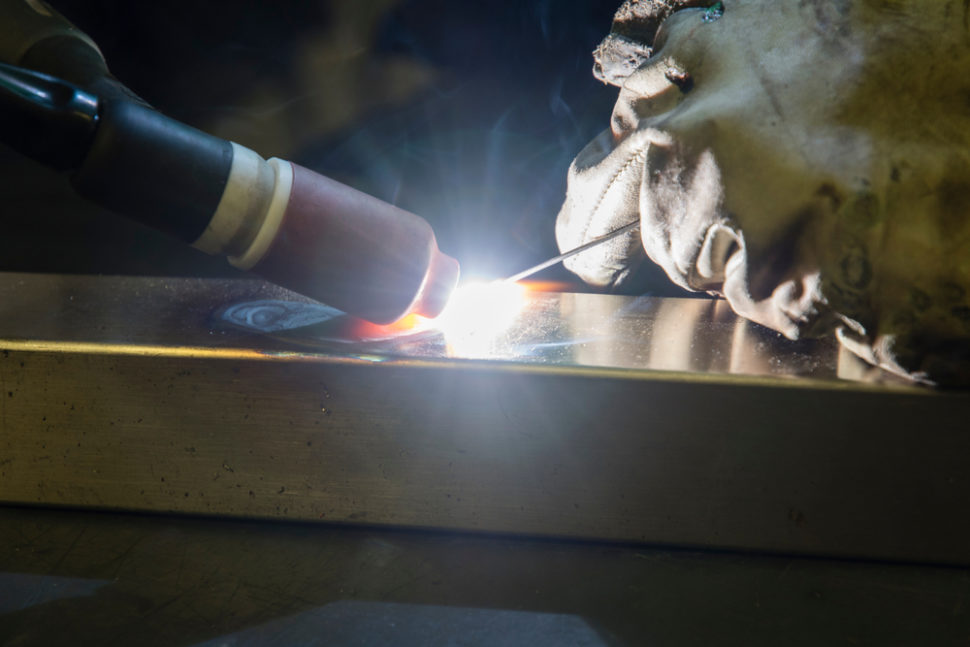Engineers at the University of California, San Diego, have developed a new technique to weld ceramics. It involves using an ultrafast pulsed laser to melt the materials along the interface and fusing them.
Aside from working in ambient condition, the method also requires less than 50 watts of laser power to function. As such, it’s more practical than the current process, which involves heating parts in a furnace.
Ceramics are tough, shatter resistance, and biocompatible. For these reasons, health professionals and engineers have always used the material for biomedical implants and casings for electronics.
Unfortunately, welding ceramic materials have never been easy. Experts often expose the materials to a high temperature to melt them, but this also has an unintended effect.
Senior author of the study and professor of materials science and engineering at UC San Diego, Javier E. Garay said:
“Right now there is no way to encase or seal electronic components inside ceramics because you would have to put the entire assembly in a furnace, which would end up burning the electronics.”
So, Garay and colleague devised a solution which involved aiming a series of short laser pulses along the interface between two ceramic parts. As the heat builds up in this specific region, localized melting would occur.
In their paper, the researchers called their method ultrafast pulsed laser welding.
Using Ultrafast Pulsed Laser to Weld Ceramics
To make the method work, the researchers had to optimize the laser parameters – the number of laser pulses, duration of pulses, and exposure time. They also had to consider the transparency of the ceramic material.
With the right combination, the UC team were able to weld ceramic using low laser power, less than 50 watts at room temperature.
UC Riverside professor and chair of mechanical engineering at the University, Guillermo Aguilar said:
“The sweet spot of ultrafast pulses was two picoseconds at the high repetition rate of one megahertz, along with a moderate total number of pulses. This maximized the melt diameter, minimized material ablation, and timed cooling just right for the best weld possible.”
The team noted that focusing the energy right where they wanted it helped them avoid setting up temperature gradients across the ceramic. In other words, the method would allow engineers encase temperature-sensitive electronics on the material without fear of damage.
As proof of concepts, Garay and colleague welded a transparent cylindrical cap to the inside of a ceramic tube. Then they tested to see if the welds are strong enough to hold vacuum. Well, it was.
First author, and a postdoctoral researcher in Garay’s research group at the time, Elias Penilla said:
“The vacuum tests we used on our welds are the same tests that are used in industry to validate seals on electronic and optoelectronic devices.”
So far, the researchers have only used the laser method to weld small ceramic parts (less than two centimeters). Now, they intend to optimize the technique for various materials of different sizes and geometries.



















Comments (0)
Most Recent